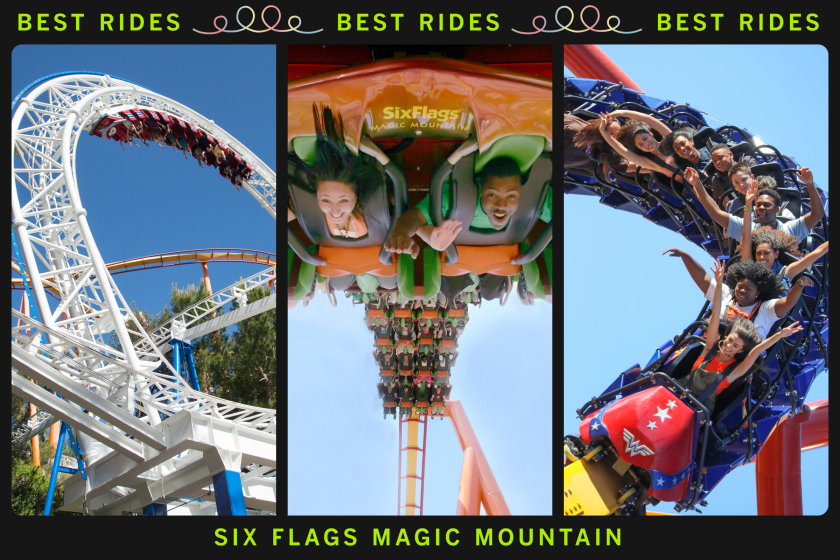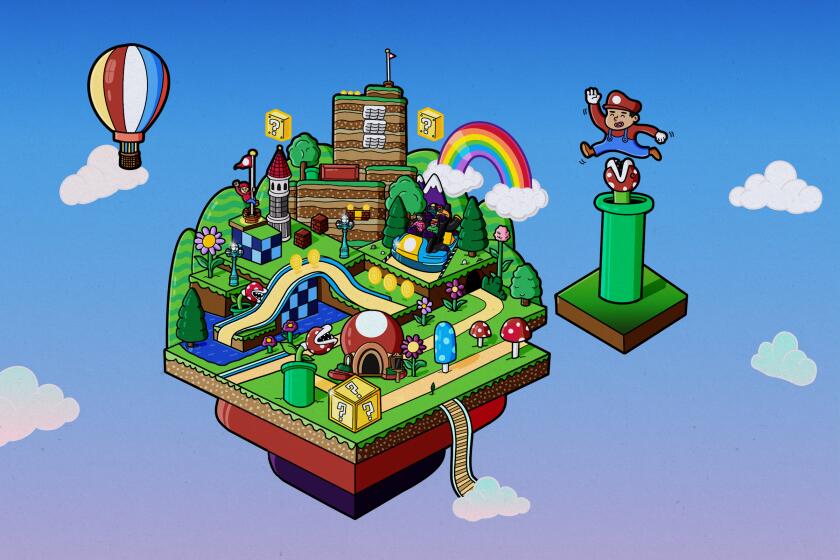Pacific Quest Brought Dark Days for Aviation
Into the West
Into the West with the setting sun
Winged the avions, one by one;
Argonauts of the azure skies,
Leaping the sea for a golden prize . . .
--Addison N. Clark, 1927
In August 1927, three months after Lucky Lindy flew solo and nonstop across the Atlantic, buoying the spirits of aviation enthusiasts, there came an air disaster that almost set back the flying boom.
Nine pioneer aviators and one “Flying Schoolmarm” bound for glory were killed in what came to be called “an orgy of reckless sacrifice”--the Dole Air Derby.
The sequence of events began in California four days after Charles Lindbergh landed in Paris. James Dole, scion of the pineapple dynasty, decided to put the Pacific on the aviation map by sponsoring an Oakland-to-Honolulu civilian race, slapping down $25,000 for the winner and $10,000 for the second-place finisher.
By 1927, flying enthusiasts were taking heart-stopping risks, and Los Angeles was calling itself “air-minded.” Barnstormers were making the decade roar, while the Chamber of Commerce aviation committee here aggressively courted aircraft companies. Airplane factories and 52 landing fields dotted Los Angeles County.
Newspapers publicized Dole’s offer; Lindbergh had flown 3,600 miles, but no civilian pilot had yet made the 2,400-mile journey to Hawaii, although, shortly after the race was announced, a three-engine U.S. Army aircraft made the flight.
The owner of a Michigan oil company not only paid for the gas to fuel one plane, but chose his goddaughter, Mildred Doran, a 22-year-old elementary school teacher from Flint, as a passenger in the biplane he was sponsoring.
Like the selection of teacher-in-space Christa McAuliffe decades later, Doran’s flight piqued the interest of schoolchildren across the country. Newspapers dubbed her the “Flying Schoolmarm.”
At Clover Field in Santa Monica, a virtually unknown pioneer aviator named Art Goebel, 31, decided to enter the race, but he needed a backer. He had one problem when it came to finding one: Goebel had more stunt flying time logged under the Colorado Street Bridge in Pasadena than most pilots had flying straight. That made it difficult for backers to take him seriously, especially with his background as a charter member of “13 Black Cats,” a team of colorful stunt artists who staged air shows at Clover Field.
But he managed to persuade the Travel Air Co.--builders of the single-engine “Woolaroc”-- to help him buy the monoplane. The plane’s odd name was a combination of syllables from woods, lakes and rocks on its manufacturers’ ranch.
But even before the Aug. 16, 1927, Dole Derby began, omens struck, just days apart from one another:
Actor Hoot Gibson, practicing for the contest, plunged his plane into San Francisco Bay, seriously injuring himself.
A monoplane christened “Spirit of John Rodgers,” after a renowned Navy pilot killed in a crash, took off from foggy San Diego with two men on board, and smashed into the dunes of Point Loma.
*
And the day before the start of the race, British flyer Arthur Rogers took off for Oakland from Vail Field in Montebello. His wife, Anna, watched in disbelief as the “Angel of Los Angeles” hurtled toward earth with the white streamers of Rogers’ unopened parachute tangled in the motor.
All three died in both crashes.
Finally, only eight of the 15 planes that paid the $100 entry fee and were certified to compete by the Department of Commerce’s aeronautics branch, ended up competing. Only two of those would reach Hawaii.
Each plane, lined up at the 7,000-foot dirt runway in Oakland, carried a pilot and navigator. The “Miss Doran” also carried the schoolteacher whom the plane was named for. She squeezed into a small space that otherwise would have been taken up by 20 gallons of fuel.
*
One after the other, they took off. The first plane, “Oklahoma,” managed to lift off but returned moments later with problems. The “El Encanto” trundled halfway down the strip and cartwheeled, injuring no one. The “Pabco Pacific” stalled just after takeoff, and coasted to an anticlimactic stop.
The Lockheed Vega “Golden Eagle,” sponsored by publishing heir George Randolph Hearst took off for the west. “Miss Doran” also took off safely, disappearing into the clouds.
“Aloha,” painted a flashy yellow with a flower lei painted around its nose, made it into the air safely, followed by “Woolaroc.” The last plane, “Dallas Spirit,” had engine failure shortly after take-off and returned safely.
It was 26 hours 17 minutes and 33 seconds later when the “Woolaroc”--the only plane in the race with a radio transmitter--touched down at Wheeler Field in Honolulu, followed two hours later by the “Aloha.” A cheering crowd of 30,000 greeted them.
But the fanfare was short-lived. “Golden Eagle” and “Miss Doran” were missing. Celebrations were tempered by the presumed loss of life. As word of the disasters spread, newspapers around the country, which had ballyhooed the race days before, began calling it a “death-dealing stunt” and “aviation asininity.”
Almost as much money was posted for rewards as for the prizes. The pineapple company put up $20,000 for news of the missing planes and George Hearst offered $10,000 for the Golden Eagle.
Stout-hearted sailors and birdmen leap
To the task of searching the wind-swept deep,
Spurred by prayers that are brave men’s due
And wing, as fast the birdmen flew.
*
Two days after the race ended, as 40 Naval vessels searched the Pacific for the two missing planes and crew, Anna Rogers watched another plane take off, this one scattering her husband’s ashes in the ocean. In Oakland, the repaired “Dallas Spirit” was taking off in search of the two missing planes. Within hours, it vanished, the third aircraft to be swallowed up by the Pacific.
No wreckage of the three aircraft was ever found. Pilot error, inexperience, heavy fuel loads and lack of radio equipment were cited as major factors in the crashes. The tragedies accelerated the search for better technology, including radio equipment.
When Goebel and his navigator, Bill Davis, flew the “Woolaroc” home to Santa Monica from San Francisco, they were joined over the San Fernando Valley by two flying squadrons. After they landed at Clover Field, throngs of well wishers slung leis of roses around their necks.
The Dole Derby’s sole epitaph is in these few lines of the poem “To Our Lost Fliers “ written in 1927 by J. C. Stuart.
Somewhere at sea they drift--asleep,
Borne by tides of the restless deep . . .
Their bodies drift, but their spirits soar,
Unfettered fliers forever-more!
Sign up for The Wild
We’ll help you find the best places to hike, bike and run, as well as the perfect silent spots for meditation and yoga.
You may occasionally receive promotional content from the Los Angeles Times.



